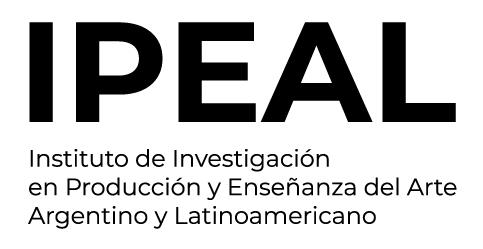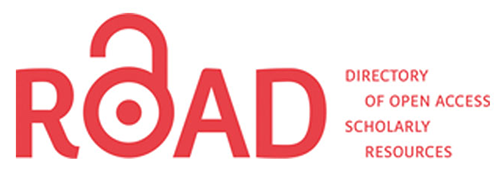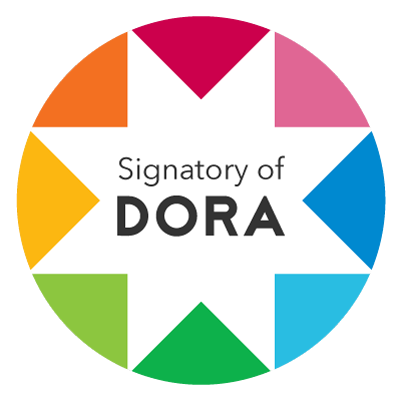Audio in Virtual Reality
Applications in Audiovisual Sound Education
DOI:
https://doi.org/10.24215/24516643e050Keywords:
immersive audio, virtual reality, didacticsAbstract
In a scenario marked by significant advancements in immersive audio technologies and the proliferation of audiovisual productions for virtual reality, we observe that their integration into higher education curricula remains limited. Paradoxically, this includes learning environments in audiovisual arts, where current teaching methods have yet to develop alternatives for incorporating these tools. This essay addresses audio applied to virtual reality. It also explores the integration of these technologies to enhance didactic approaches in academic settings.References
Fonseca, N. (2022). All you need to know about 3D audio [Todo lo que necesitas saber sobre el audio 3D]. Sound Particles. https://soundparticles.com/resources/ebooks/3daudio/
Gigante, M. A. (1993). Virtual reality: Definitions, history and applications [Realidad virtual: Definiciones, historia y aplicaciones]. En R. A. Earnshaw, M. A. Gigante y H. Jones (Eds.), Virtual reality systems (pp. 3-14). Academic Press Ltd.
Heilbrun, A. (1989). Virtual Reality: An interview with Janor Lanier [Realidad virtual: una entrevista con Janor Lanier]. Whole Earth Review, (64), pp. 108-118.
Lizaso, G. y Petrosino, J. (2023). Audio transaural y Sistemas de Cancelación de Crosstalk. En O. P. Di Liscia y M. A. Farina (Comps.), Investigaciones sobre audio espacial y estética del arte sonoro (pp. 117-138). Editorial de la UNQ.
Truax, B. (2001). Acoustic Communication [Comunicación acústica]. Ablex Publishing.
Downloads
Published
How to Cite
Issue
Section
License

This work is licensed under a Creative Commons Attribution-NonCommercial-ShareAlike 4.0 International License.
The acceptance of the manuscript by the magazine means the non-exclusive cession of the property rights of the authors in favour of the editor, who allows the reuse, after publication (post print), under a license Attribution-NonCommercial-NoDerivatives 4.0 International.
According to these terms, the material can be copied and redistributed by any means or in any format as long as a) the author and original source of the publication are quoted (magazine and URL of the work), access to the license is provided and whether changes have been made is mentioned; and b) the material is not used for commercial purposes.
The cession of non-exclusive rights means that after the publication (post print) in Metal the authors can publish their work in any language, means and format; in such cases it must be mentioned that the material was originally published in this magazine. Such cession also means the authorization of the authors for the work to be collected by SEDICI, the institutional archive of the Universidad Nacional de La Plata, and to be spread in the databases that the editorial team considers appropriate to increase the visibility of the publication and its authors.
Moreover, the magazine encourages the authors to deposit their productions in other institutional and thematic archives under the principle that offering the society the scientific and academic production without any restrictions contributes to a greater exchange of the global knowledge.



























